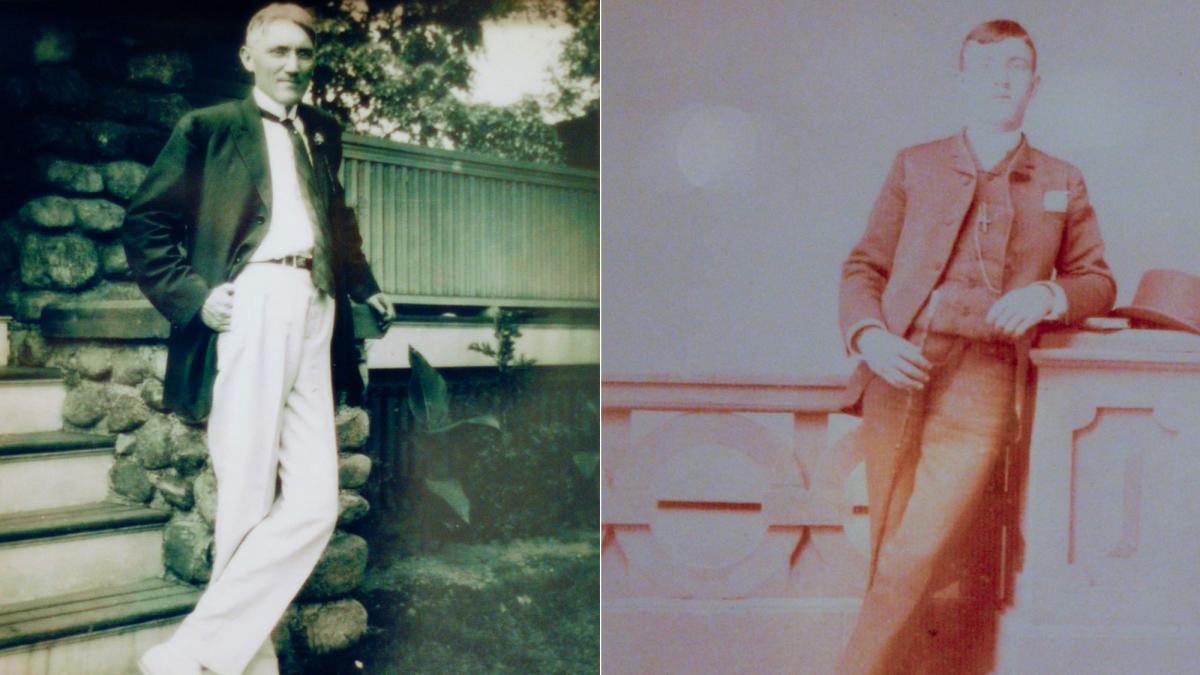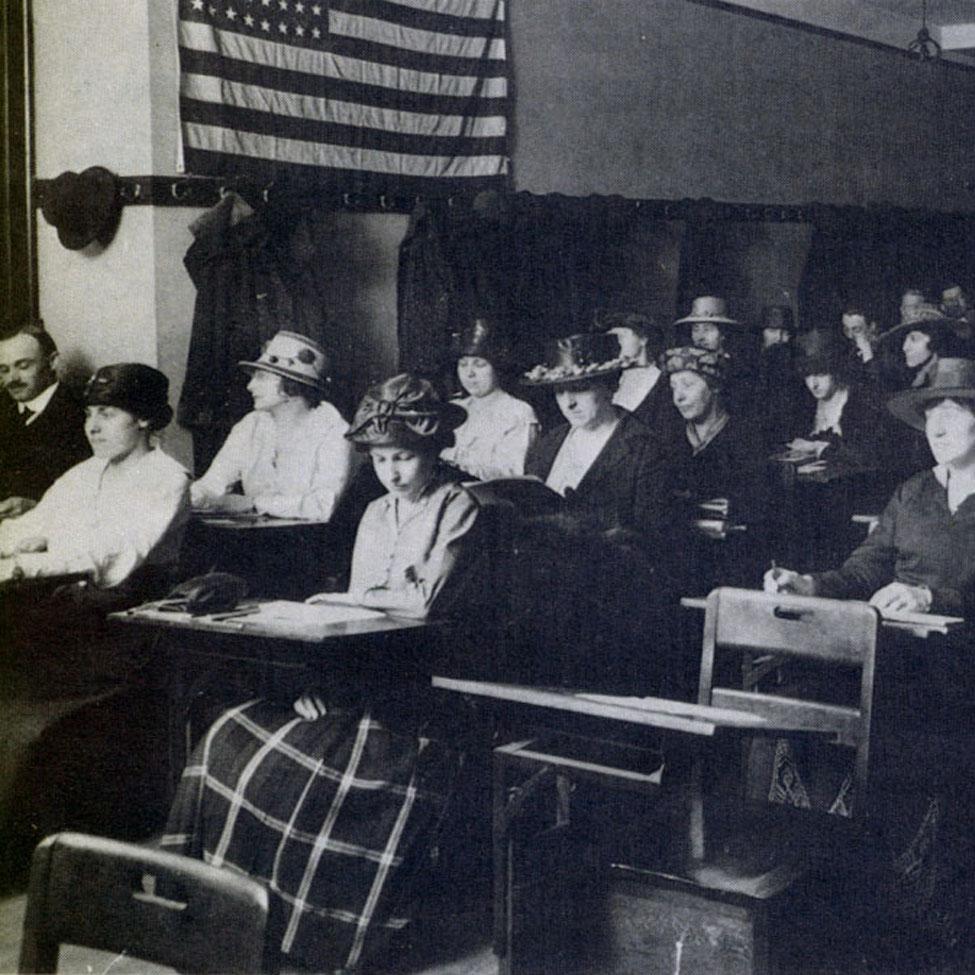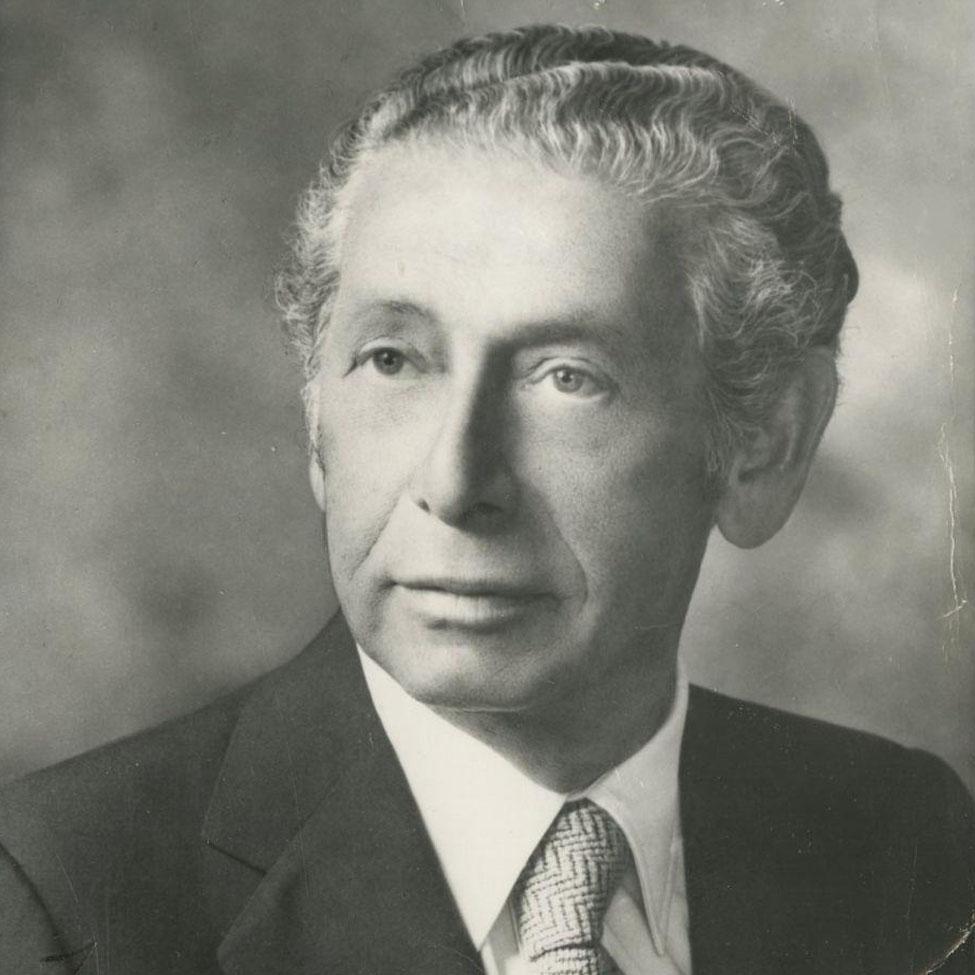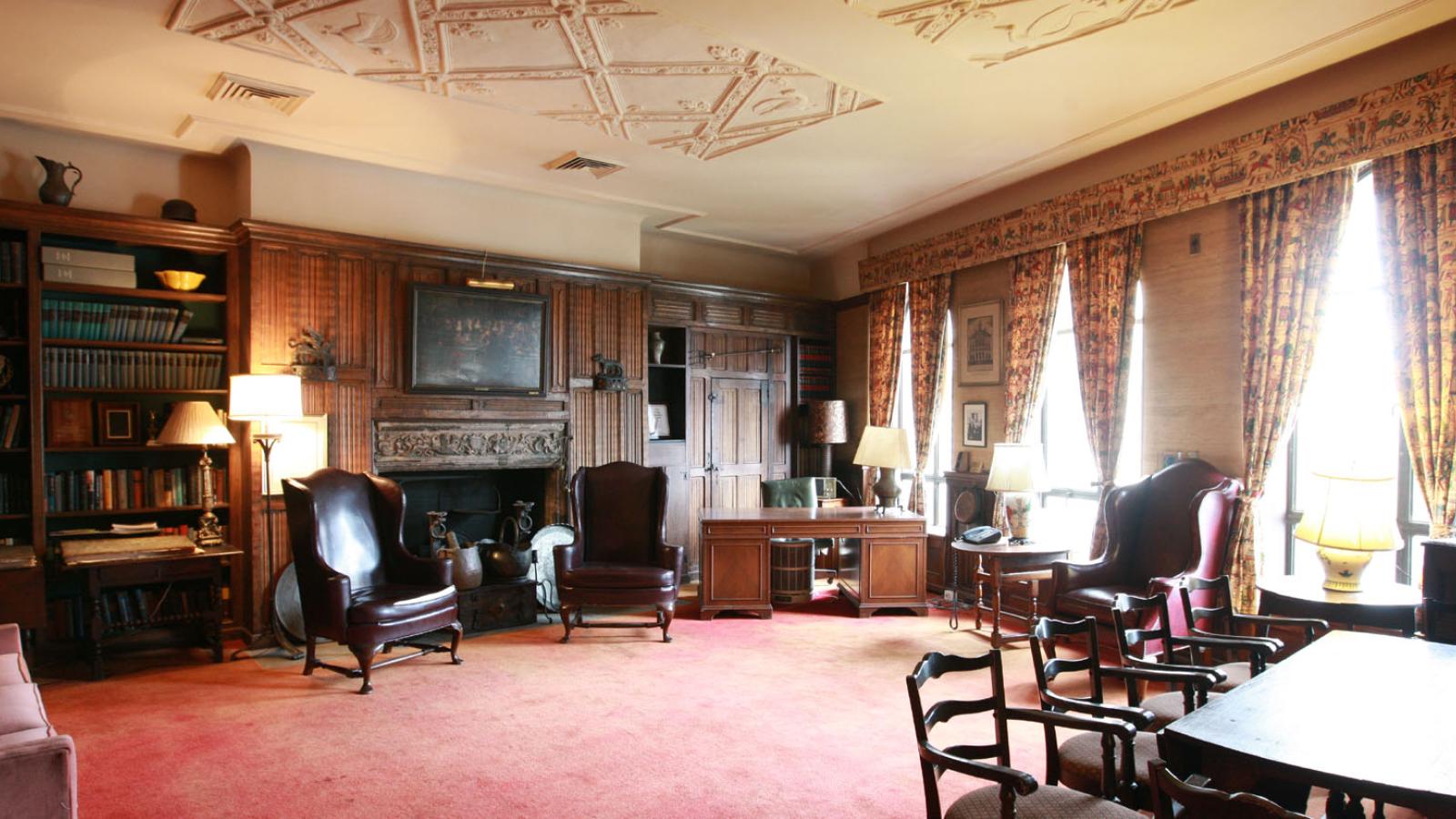
A Century of Opportunities
Homer and Charles Pace

In 1904, while studying for the Certified Public Accountant (CPA) examination, Homer Pace stated that New York afforded very little and very poor instruction along these lines, and he "discovered that the accounting literature in the United States was practically nil." Homer purchased British accounting publications for $75 and began preparing literature on accounting. Other students began utilizing this material and Homer did some tutoring. After passing the CPA examination, Homer considered "the advisability of opening a school in New York for coaching in accountancy and also for teaching the real, genuine bookkeeping that the accountants consider the best and which cannot be found in the commercial schools." Charles Pace, Homer's brother, was originally a teacher who studied law at night. Eventually, he became a name partner in the Cambridge, Ohio law firm of Rosemond & Pace. Charles returned to New York City to work as a court reporter before joining Homer in the educational enterprise.
Founding
Founded in 1906, Pace Institute began as a business school for men and women who aspired to a better life. The brothers borrowed $600 and established Pace Institute to prepare students for the New York CPA examination. They rented a classroom and office in the old Tribune building in lower Manhattan and taught 10 men and three women the principles of accounting and business law. That building once stood where the One Pace Plaza building stands today. Within a year, the operation had expanded from a dozen enrollees to eighty students. Two years later, because of the overwhelming success of the Pace School of Accountancy, the Pace brothers relocated classes to the nearby Hudson Terminal complex.
Continued Expansion

By the end of the decade, the stock market crashed, yet enrollment continued to climb. This led to a move to the Transportation Building at 225 Broadway. During this time of economic unrest, Homer made personal sacrifices, including the total forfeiture of his salary and a $100,000 extension of tuition credit to students requiring loans to finance their education.
"Treat all with respect... confide in few... wrong no man."
(Homer Pace's motto, as inscribed in his account book)
In 1933, Homer reorganized the Institute by dividing the school into three separate areas: the School of Marketing, Advertising & Selling, the School of Credit Science, and the School of Accountancy, each with their own separate advisory board. Furthermore, in response to increased student demand, an investment finance class was added. Flexible schedules were re-emphasized and popular classes dropped due to a shortage of funds were re-introduced.
In 1935, Pace Institute was incorporated as a non-profit institution of higher education in New York State. Also during this time, Pace applied for a provisional charter as a corporation by the state of New York to provide instruction on both the secondary and primary levels. The provisional charter was granted on May 17, 1935. Under the charter, Pace Institute would have its trustees elected by the shareholders, which included Homer Pace and his two sons, Robert Scott Pace and C. Richard Pace. Consequently, this led to the disintegration of the Pace & Pace partnership, which had operated the school since its inception in 1906.
On December 12, 1940, Charles Pace passed away. In 1942 Pace Institute was granted an absolute charter by the New York State Board of Regents. A week later, Homer Pace, age 63, died of a cerebral hemorrhage. He was stricken while working in his office at the Institute. Newspapers throughout the country reported his death.
Following his father's death, Robert Scott Pace became President of Pace Institute. Robert's brother, C. Richard Pace, became Secretary of Pace Institute. Despite various war-related issues, the Institute maintained a solid academic reputation. In 1943, the American Association of Commercial Colleges characterized Pace as "probably the most renowned school of its type in the world." At this time, Pace Institute became a member of the Association of Business Institutes of the State of New York.
Pace College
After a two-year hiatus due to his activity in World War II, Robert Pace resumed his position as the President of Pace University in September 1945. He immediately re-strengthened the curriculum due to the New York State Education Department's decision to revise the qualitative requirements for the CPA exam. In 1946, the trustees determined it was time for Pace Institute to become a degree-granting school. This was accomplished on December 20, 1948, when the New York State Board of Regents approved Pace Institute's application for college status and permitted the awarding of the BBA degree. In 1951, the Pace brothers purchased 41 Park Row, formerly the headquarters of the New York Times, to house classrooms and offices of the expanding Pace College. While a new liberal arts curriculum was slowly developed, the business school remained the backbone of the college. By the late 1950s, Pace College became eligible to award Master's in Business Administration (MBA) degrees and in 1960 the combined BBA/MBA program was introduced.
Pace University
In the late 1960s, Robert Pace sought permission from the Board of Regents to offer the MBA degree at the Westchester campus (opened in September 1963) and the PhD degree in Business Administration at the New York City campus. Five years later, Pace was awarded the right to offer a doctoral program leading to the Doctor of Professional Studies. In 1973, the New York Board of Regents officially recognized Pace's petition to become a full-fledged university.
Joseph Lubin, Founder of the School of Business

Joseph Lubin received his Certificate in Accountancy from Pace Institute in 1921. A native New Yorker born on the Lower East Side, Joseph Lubin had attended local public schools in the city before enrolling at Pace. With his Pace training in accounting and a law degree from New York University, Joseph Lubin went on to establish the nationwide accounting firm of Eisner and Lubin. He also served as chairman of the New York State Board of Certified Public Accountant Examiners and as a director of the New York State Society of Certified Public Accountants.
During the Second World War, Dr. Lubin was Special Deputy Chief Investigator of the War Production Board and Chairman of the Appeals Board of the New York County Selective Service. From 1961 until his death in 1983 he was a member of the Pace University Board of Trustees. In 1955 his alma mater awarded him the honorary degree of Doctor of Commercial Science. Two years before he died, Joseph Lubin presented Pace with the largest single donation ever received from an individual, which was a land trust fund that over a fifteen-year period would amount to $7.5 million. In return for his donation and years of service to Pace University, the business school was renamed the Joseph Lubin School of Business.
During the 1970s, various programs were established at the Lubin School. Qualified undergraduates were able to take advantage of combined bachelor's and master's degrees, as well as accelerated MBA programs. Furthermore, centers and institutes affiliated with the Lubin School, such as the Institute for Applied Research and the Small Business Development Center, were doing groundbreaking work in their respective areas.
In 1980, the Lubin School of Business Administration and the Graduate School of Business consolidated. Three years later, the combined undergraduate and graduate enrollment at the Lubin School was 12,998, the largest of any private university and exceeded only by three public universities, the University of Texas, Arizona State University, and Baruch College of New York.
Opportunitas
Pace University transforms the lives of its diverse students—academically, professionally, and socioeconomically. That mission is expressed in our motto: Opportunitas. Through the convergence of strong academics, experiential learning, and dedicated advising, we empower our students and positively impact our communities. Learn more about Pace University.
